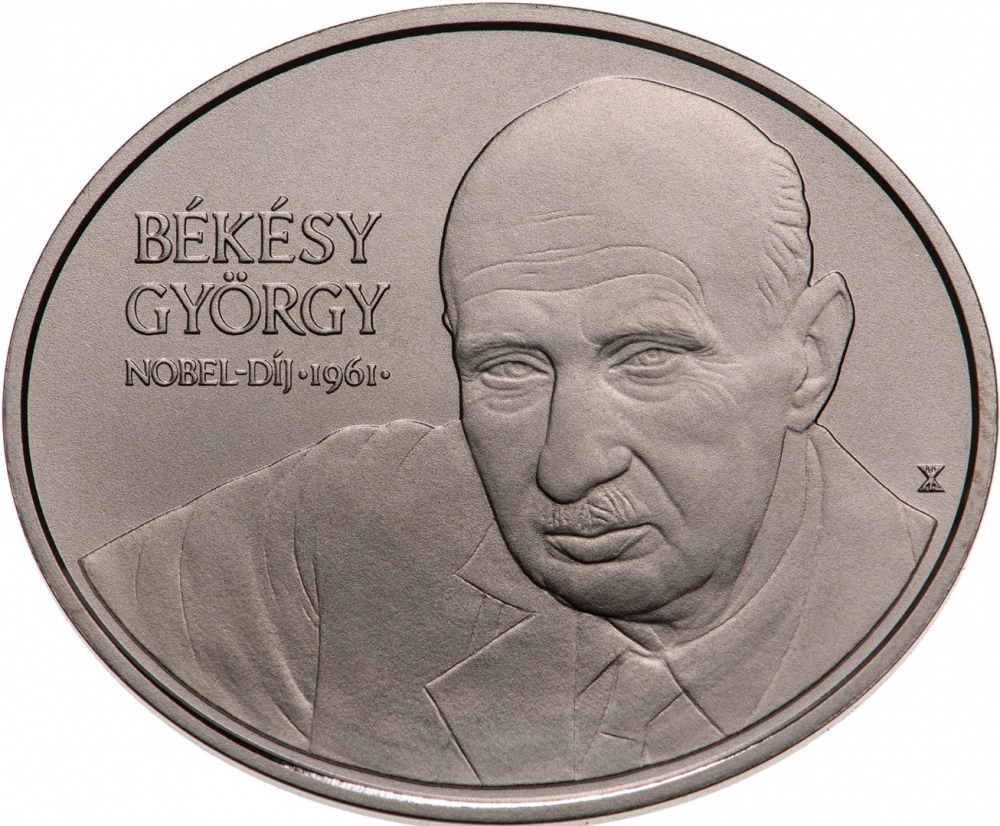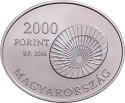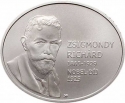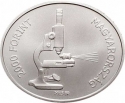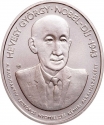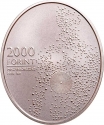You are about to finish your registration. Please check your mailbox (including spam folder). There should be a letter with a confirmation link. Check setting to make sure that your e-mail address is correct.
Send letter againDescription
Georg von Békésy (1899–1972) was a distinguished Hungarian biophysicist and Nobel laureate, recognized with the Nobel Prize in Physiology or Medicine in 1961 for his pioneering research on the physical mechanisms of hearing within the cochlea, the spiral-shaped cavity of the inner ear.
Békésy's investigations were pivotal in advancing the understanding of auditory perception. His most notable contribution, the place theory of hearing, proposed that different frequencies of sound activate distinct regions along the basilar membrane of the cochlea. This theory transformed the comprehension of how the ear processes sound and laid the foundation for subsequent studies in auditory neuroscience.
Through meticulous experiments employing innovative techniques such as micromanipulation and direct observation of inner ear structures, Békésy provided profound insights into cochlear function and the auditory system, unraveling the intricacies of human hearing. Beyond his scientific achievements, he made significant contributions to education and academic leadership, mentoring numerous students and researchers in biophysics and auditory physiology.
Obverse

|
Depicts the portrait of Georg von Békésy. Positioned to the left of the portrait, in three consecutive lines, the inscriptions read: "BÉKÉSY," "GYÖRGY," and "NOBEL PRIZE 1961." On the right edge, the engraver's privy mark is included. BÉKÉSY |
|---|---|
Reverse

|
Depicts one of Georg von Békésy's pivotal discoveries: the transmission of sound waves through the cochlea of the inner ear. Within the cochlea's depiction, the inscription "GYÖRGY BÉKÉSY WAS AWARDED IN 1961 FOR THE DISCOVERY OF THE PHYSICAL MECHANISM OF STIMULATION IN THE COCHLEA OF THE INNER EAR" is inscribed in small letters and numbers. Surrounding the cochlea are markings indicating sound wave frequencies: "200 Hz, 400 Hz, 600 Hz, 800 Hz, 1000 Hz, 1500 Hz, 2000 Hz, 3000 Hz, 4000 Hz, 5000 Hz, 7000 Hz, 20000 Hz." BÉKÉSY GYÖRGY A BELSŐ FÜL CSIGÁJÁBAN LÉTREJÖVŐ INGERÜLETEK FIZIKAI MECHANIZMUSÁNAK FELFEDEZÉSÉÉRT KAPOTT FIZIOLÓGIAI ÉS ORVOSTUDOMÁNYI NOBEL-DÍJAT 1961-BEN |
| Edge |
2000 Forint
Hungarian Nobel Prize Winners
Georg von Békésy
Subscribe series
Adamo# EM457
Hungarian Nobel Prize Winners
Georg von Békésy
Characteristics
| Type | Commemorative Issue (Non-circulating) |
| Material | Copper Nickel |
| Weight | 10.3 g |
| Diameter | - |
| Width | 30 mm |
| Height | 25 mm |
| Thickness | 3 mm |
| Shape |
|
| Alignment | Medal |
| Mint |
Budapest Mint (BP)
|
